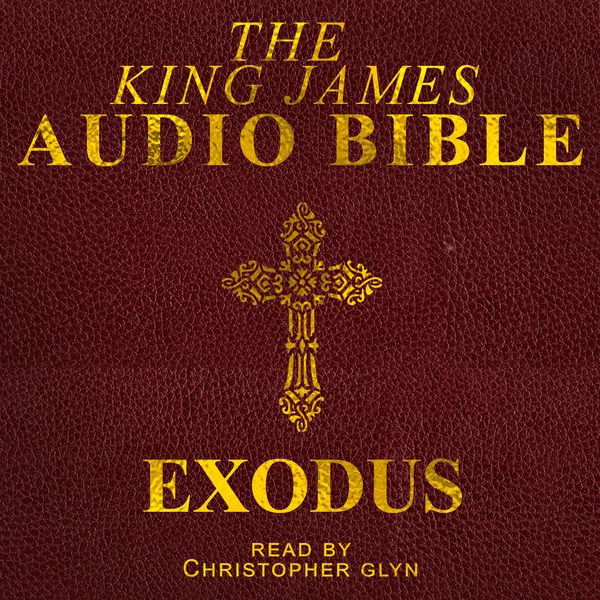Exodus
€0.99
Beschreibung
The Book of Exodus is the second book of the Torah in the Hebrew Bible and the Christian Old Testament. It narrates the departure of the Israelites from Egypt, their journey through the wilderness to Mount Sinai, and the establishment of their covenant with God. Traditionally attributed to Moses, Exodus plays a foundational role in Jewish, Christian, and Islamic traditions, highlighting themes of liberation, faith, and divine law. **Key Themes and Elements of Exodus:** 1. **Slavery and Liberation:** Exodus begins with the Israelites enslaved in Egypt, suffering under the oppression of Pharaoh. The story of their liberation, through the leadership of Moses and the divine intervention of God, is a central narrative, symbolizing the triumph of freedom over bondage. 2. **Moses:** The figure of Moses is central to Exodus. His life story-from his miraculous preservation as a baby to his role as liberator, leader, lawgiver, and mediator between God and the Israelites-dominates the narrative. Moses is portrayed as a complex character, chosen by God to lead His people out of slavery. 3. **The Plagues:** The ten plagues inflicted upon Egypt are a dramatic demonstration of God’s power over the gods of Egypt and His willingness to act decisively to free His people. The plagues culminate in the Passover, a pivotal event where the Israelites are spared from the final plague through the marking of their doors with lamb’s blood, an act commemorated annually in the Jewish Passover festival. 4. **The Exodus:** The departure of the Israelites from Egypt, especially their miraculous crossing of the Red Sea, where they escape Pharaoh’s pursuing army, is a key event. It signifies God’s saving action and the birth of Israel as a nation under God’s protection. 5. **Covenant and Law:** At Mount Sinai, God establishes a covenant with the Israelites, giving them the Ten Commandments and other laws. These laws are meant to guide them in living a holy life and maintaining a proper relationship with God and each other. 6. **The Tabernacle:** The latter part of Exodus describes the detailed instructions for the construction of the Tabernacle, the portable sanctuary where God would dwell among His people, and the vestments of the priesthood. This emphasizes the importance of worship, purity, and the presence of God within the community. **Structure of Exodus:** The Book of Exodus can be broadly divided into four parts: 1. **Israel’s Bondage and the Call of Moses (Chapters 1-6):** The oppression of the Israelites in Egypt and the early life of Moses, including his call to lead Israel out of bondage. 2. **The Plagues, Passover, and Exodus from Egypt (Chapters 7-15):** The plagues sent upon Egypt, the institution of the Passover, and the Israelites‘ dramatic escape from Pharaoh’s forces. 3. **The Journey to Mount Sinai (Chapters 16-18):** The challenges faced by the Israelites in the wilderness, including their provision with manna and water, and the initial organization of their community. 4. **The Covenant at Sinai (Chapters 19-40):** The giving of the Law, including the Ten Commandments, and the detailed instructions for the Tabernacle’s construction, culminating in God’s glory filling the sanctuary. **Significance:** Exodus’s narrative of oppression, deliverance, and covenant has deeply influenced religious thought, worship, and social justice movements, symbolizing hope for liberation and the importance of a righteous life in accordance with divine law.

Bewertungen
Es gibt noch keine Bewertungen.